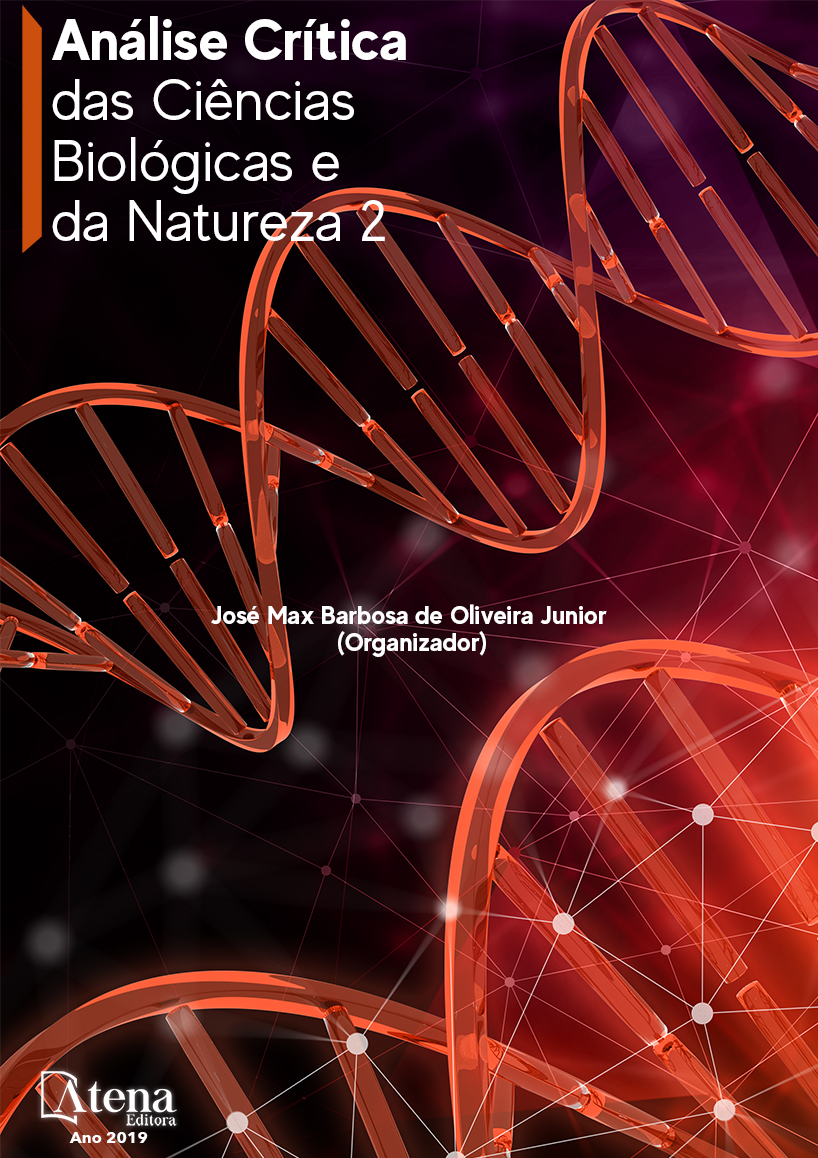
AVALIAÇÃO DE FONTES ALTERNATIVAS DE CARBONO NA PRODUÇÃO DE QUITINASE EXTRACELULAR POR FUNGOS FILAMENTOSOS
O objetivo desse estudo foi avaliar
a produção de quitinase extracelular pelos
fungos mesófilos e termófilos isolados da Mata
Atlântica do Oeste do Paraná utilizando fontes
alternativas de carbono em meio de cultivo
líquido. Os esporos dos fungos foram inoculados
em meio líquido Czapek suplementado com
diferentes fontes de carbono e desenvolvidos
em incubadora tipo BOD por 7 dias em
condições estacionárias a 28°C e 40ºC para
mesófilos e termófilos, respectivamente. Os
extratos obtidos de cultivos foram utilizados
para dosagens enzimáticas de quitinases
utilizando substrato 4-nitrofenil-N-acetil β-Dglucosaminideo.
a 40 °C por 30 minutos. Dentre
as fontes de carbono testadas com os fungos
mesófilos, o bagaço de cevada foi o melhor
indutor tanto para o isolado PAS2ML (1,63 U/
mL) quanto para o P. janthinellum (1,37 U/mL).
Enquanto que a maior produção de quitinase
extracelular entre os fungos termófilos foi
obtida com o isolado PA2S4T induzido com as
fontes de carbono, farinha de laranja (1,4 U/
mL) e a palha de milho (1,41 U/mL). Assim, os
resultados obtidos nesse estudo demonstraram
que esses fungos filamentosos apresentam
potencial para produção de quitinases.
AVALIAÇÃO DE FONTES ALTERNATIVAS DE CARBONO NA PRODUÇÃO DE QUITINASE EXTRACELULAR POR FUNGOS FILAMENTOSOS
-
DOI: 10.22533/at.ed.58319270520
-
Palavras-chave: resíduos agroindustriais, quitinase, fungos filamentosos.
-
Keywords: agroindustrial waste, chitinase, filamentous fungi
-
Abstract:
The objective of this study was
to evaluate the production of extracellular
chitinase by the mesophilic and thermophilic
fungi isolated from the Atlantic Forest of the
West of Paraná using alternative sources
of carbon in liquid culture medium. Fungal spores were inoculated in Czapek liquid
medium supplemented with different carbon sources and grown in a BOD incubator for
7 days under stationary conditions at 28°C and 40°C for mesophiles and thermophiles,
respectively. The extracts obtained from cultures were used for enzymatic dosages of
chitinases using 4-nitrophenyl-N-acetyl β-D-glucosaminide substrate, at 40°C for 30
min. Among the carbon sources tested with mesophilic fungi, barley bagasse was the
best inducer for both PAS2ML isolate (1.63 U/mL) and P. janthinellum isolate (1.37 U/
mL). While the highest production of extracellular chitinase between thermophilic fungi
was obtained with the isolate PA2S4T induced with carbon sources, orange meal (1.4 U/
mL) and corn straw (1.41 U/mL). Thus, the results obtained in this study demonstrated
that these filamentous fungi have potential for production of chitinases.
-
Número de páginas: 15
- Letícia Mara Rasbold
- Victória Pommer


